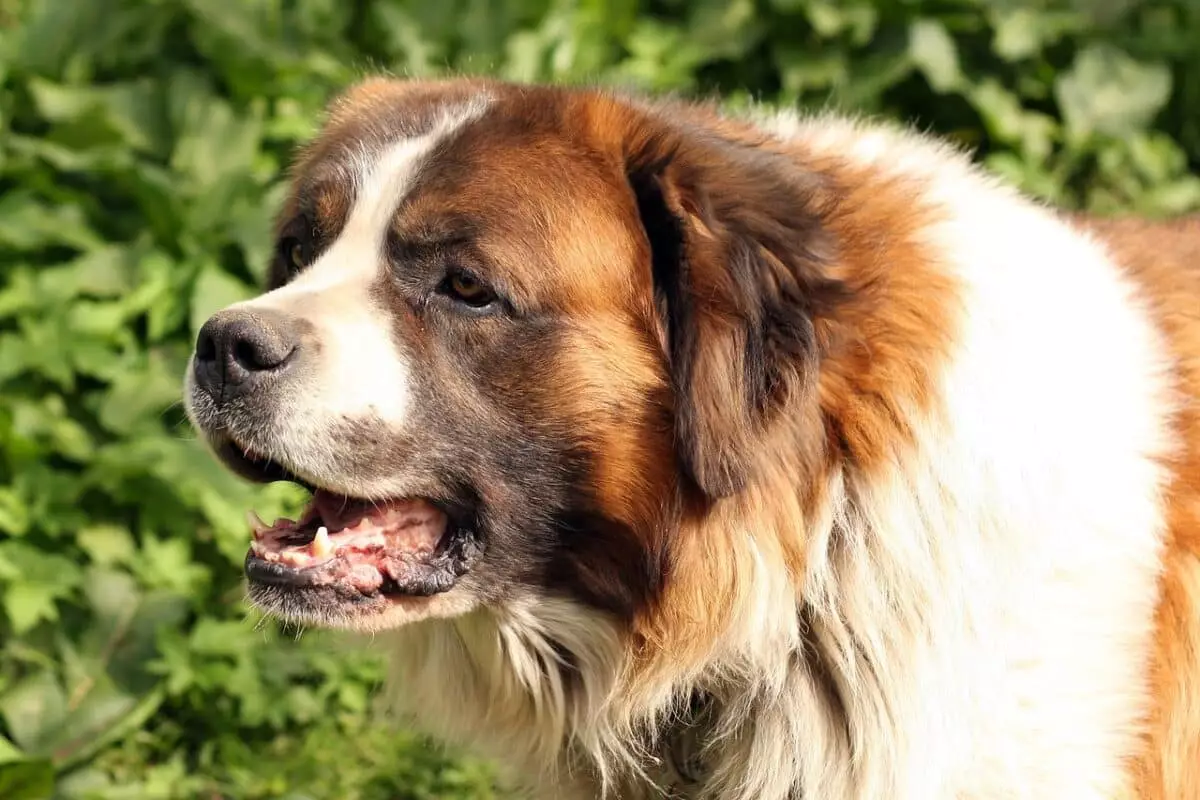The St. Bernard dog breed is renowned for its impressive size and amiable nature, captivating the hearts of dog enthusiasts around the globe. Originating from the Great St. Bernard Hospice in the Swiss Alps, the breed has a long-standing legacy tied to the valiant efforts of monks who utilized these dogs for rescue missions in the treacherous alpine conditions as far back as the 17th century. This historical background not only defines their name but also encapsulates their purpose and significance in the annals of canine history.
St. Bernards are more than just a pretty face; their physical attributes are complemented by a remarkable set of instincts. These dogs possess a powerful sense of smell and exceptional endurance, qualities that allow them to traverse harsh snowy terrains effectively. Historically, they were deployed in pairs during rescue operations: while one dog would help the stranded individual, the other would seek assistance. This teamwork underscores the breed’s remarkable ability to save lives in distressing conditions.
One of the most endearing images associated with St. Bernards is that of them toting barrels of brandy around their necks. However, this charming notion, perpetuated through various media representations, has no grounding in historical fact. There’s no evidence to support that these noble dogs carried any form of alcohol to assist travelers. Instead, the imagery serves as a testament to their heroic reputation in popular culture, masking the true nature of their rescues with a layer of myth.
Despite their formidable size, St. Bernards are famously gentle giants. Their temperament is characterized by a loving and patient attitude, particularly towards children. Oftentimes referred to as “nanny dogs,” St. Bernards display an instinctive protectiveness wrapped in playfulness, making them excellent companions for families. Their calm demeanor allows them to strike a balance between being a playful friend to kids and a loyal guardian.
The physicality of St. Bernards is impressive, to say the least. Adult males typically weigh between 140 to 180 pounds, and some individuals can even surpass these figures, as exemplified by a St. Bernard named Benedictine, who astonishingly weighed 357 pounds. Their substantial bulk and height—often exceeding 30 inches at the shoulder—render them strikingly larger than many other breeds. However, their size necessitates ample living space for them to thrive comfortably.
St. Bernards come with either short or long coats designed to withstand cold weather. The short-haired variety features a smooth, dense coat, while the long-haired version is fluffier and shaggier. Regardless of the length, their coats require routine grooming to maintain their appearance and health. The resilience of their fur not only protects them from the elements but also emphasizes their adaptability to different climates.
An interesting and somewhat quirky aspect of the St. Bernard’s behavior is their propensity to drool—particularly when they’re feeling hot. This behavior is a natural mechanism for regulating body temperature, but it does mean that those considering adding a St. Bernard to their home should be ready with towels to manage the drool. Coupled with their affection and loyalty, this drooling becomes another beloved quirk of their personality. Owners often find their slobbery affection to be charming despite the mess!
St. Bernards embody a unique blend of physical prowess and nurturing temperament, earning them a revered place in both history and the hearts of many dog lovers. Their lineage of rescue work, endearing behavior with families, and whimsical legends make them a fascinating dog breed. Whether speaking to their valiant past or their capacity for love, St. Bernards are indeed remarkable companions. When you encounter one of these magnificent creatures, take a moment to appreciate their rich history and the gentle spirit that resides within their mighty frames.


Leave a Reply